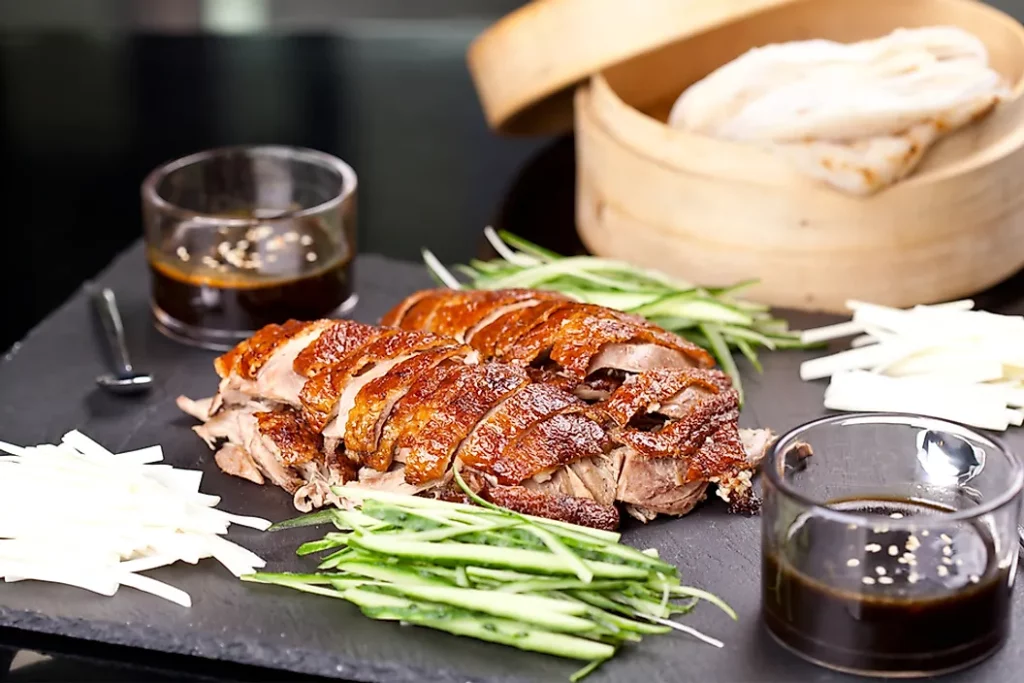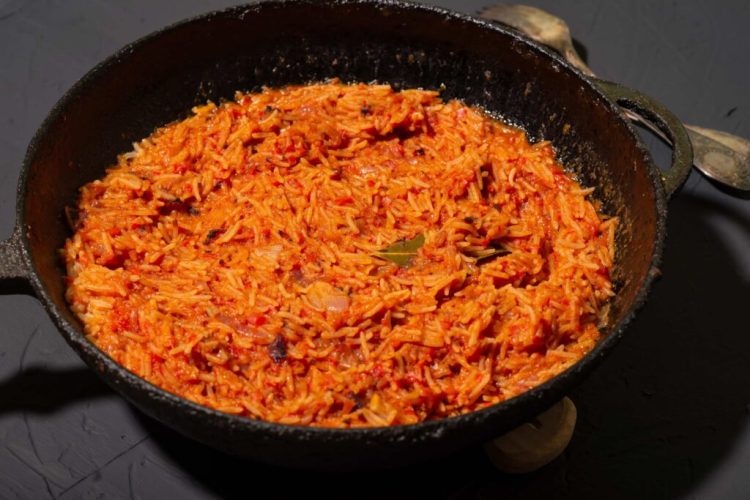Food has long been a defining characteristic of cultures around the world. It serves as an essential component of national identity, representing the unique history, values, geography, and resources of a country. Local cuisine does more than satisfy hunger; it carries centuries of tradition, reflects societal changes, and expresses a nation’s cultural evolution. This article explores how local cuisines offer a powerful glimpse into the identity of a nation and how food reflects the culture, history, and social fabric of different societies.
The Role of Food in National Identity
Food is an integral part of every culture and plays a key role in establishing national identity. It tells the story of a country’s heritage, geography, and the influence of other cultures. In many ways, food traditions are passed down through generations, becoming symbols of pride and unity within a nation. Whether it’s through a popular national dish, a specific cooking technique, or a unique method of food preservation, cuisine serves as a mirror of the culture it originates from.
National cuisines often embody the geographic and historical influences that shaped them. For example, a country’s climate, agricultural resources, trade history, and even colonial encounters can all influence the ingredients and cooking styles that are characteristic of its food culture.
The Influence of Geography and Agriculture on Cuisine
One of the most evident ways in which local cuisine reflects national identity is through the use of indigenous ingredients, which are often closely tied to the country’s geography and climate. In countries with fertile soil and diverse ecosystems, like Italy and France, the cuisine emphasizes fresh, locally sourced produce, meats, and dairy. Each region of Italy, for example, has its own distinct dishes, shaped by the availability of ingredients and the influence of surrounding cultures.
In contrast, countries like Iceland, where agriculture is limited by its cold climate and volcanic terrain, rely heavily on fish and preserved meats, such as harðfiskur (dried fish), and traditional methods of food preservation, like fermentation. Icelandic cuisine reflects both the scarcity of natural resources and the innovation required to create nourishing meals in such a challenging environment.
In India, a vast and diverse country with varied geography, local cuisine changes dramatically from region to region. Coastal areas feature abundant seafood, while regions with rich agricultural lands focus on rice, lentils, and vegetables. South Indian cuisine, for example, is marked by the prominence of rice and coconut, while North Indian cuisine incorporates dairy products and wheat-based breads like naan and roti. The geographical distribution of ingredients greatly influences the preparation and presentation of food, creating a patchwork of flavors and techniques that serve as a reflection of the nation’s diversity.
Colonial History and Its Impact on Cuisine
Many countries’ national cuisines have been significantly shaped by their colonial history. Colonization introduced new ingredients, spices, cooking methods, and even food cultures that merged with and sometimes supplanted existing culinary traditions. This fusion of local ingredients with those brought by colonial powers has led to some of the world’s most distinctive cuisines.
Take, for example, Caribbean cuisine, which reflects a complex blend of Indigenous, African, European, and Asian influences. The Caribbean islands, particularly those colonized by European powers such as Spain, France, and Britain, adopted cooking methods from their colonizers while incorporating native and enslaved African ingredients. Dishes like jerk chicken, curried goat, and callaloo illustrate the evolution of a food culture shaped by colonization and the importation of new spices, fruits, and techniques.
Similarly, Mexican cuisine incorporates a blend of Indigenous ingredients such as corn, beans, and chili peppers with European influences brought by the Spanish, such as beef, pork, and dairy. The result is a fusion of Aztec and Spanish food traditions that have evolved into the complex flavors of modern-day Mexican dishes. Tacos, enchiladas, and tamales are not just beloved national dishes but symbols of the nation’s cultural and culinary amalgamation.

Food as a Symbol of Cultural Pride
Food often becomes a symbol of national pride, with certain dishes or ingredients holding great cultural significance. National dishes often represent a source of cultural unity, especially in countries with complex histories of immigration, conflict, and colonization.
In Japan, for example, the art of preparing sushi is seen as a reflection of the country’s attention to detail, respect for tradition, and aesthetic values. Sushi, particularly nigiri and sashimi, emphasizes the use of fresh, high-quality fish, showcasing the country’s appreciation for nature and the seasons. Sushi is not only a meal but a symbol of Japan’s culinary craftsmanship, artistry, and precision. It reflects a deep cultural connection to the land and sea, and is a source of national pride.
Similarly, France is world-renowned for its culinary heritage. From the preparation of exquisite pastries like croissants to the creation of elaborate sauces and meats, French cuisine is a point of pride for the French people. The culture of French cuisine is tied to national identity, with food serving as a way to express national sophistication, attention to quality, and deep-rooted cultural traditions. The Michelin guide, which rates restaurants based on the quality of their food, has become a global standard, reinforcing the significance of French culinary practices.
Food as a Reflection of Social Values
In many cultures, food not only represents national identity but also reflects core social values and traditions. China, for instance, places great importance on food as an expression of family, harmony, and respect for ancestors. The Chinese New Year banquet is a key occasion when food plays a central role in demonstrating respect and unity. Dumplings, spring rolls, and fish are traditional dishes that carry symbolic meanings, such as wealth, prosperity, and good fortune.
In Italy, food is at the heart of family life. Meals are not just about sustenance but about coming together, sharing experiences, and maintaining familial connections. Dishes like pasta, pizza, and risotto are often passed down through generations, with each region and family having their own variations. Italian cuisine reflects the value placed on family, togetherness, and community, as well as the country’s commitment to quality, locally sourced ingredients.
Middle Eastern cuisine is similarly shaped by cultural values of hospitality, generosity, and community. In countries like Lebanon, Syria, and Turkey, food plays a vital role in social gatherings and is a way of welcoming guests. Mezze (small shared dishes) is often served as part of a communal meal, promoting the values of sharing and togetherness.
Globalization and the Evolution of Local Cuisine
As the world becomes increasingly connected through globalization, local cuisines are evolving to reflect both traditional roots and the influence of other cultures. Immigration, tourism, and digital media have introduced new flavors, ingredients, and cooking techniques into national food cultures, leading to a fusion of culinary traditions.
In New York City, for example, the diverse population has resulted in a vibrant food scene where cuisines from around the world coexist, often with inventive combinations. Fusion cuisine has become a hallmark of global food culture, with dishes such as Korean tacos, sushi burritos, and Indian pizza reflecting the cross-cultural exchanges of a globalized world.
While globalization allows for the blending of culinary traditions, it also raises important questions about the preservation of traditional food cultures. Many countries are making efforts to safeguard their culinary heritage through initiatives such as UNESCO’s recognition of intangible cultural heritage, which includes traditional cooking methods and recipes.
Conclusion: The Power of Food in Defining National Identity
Food is a powerful marker of national identity, deeply tied to a country’s history, geography, and social values. Whether it’s the iconic sushi of Japan, the comforting soul food of the United States, or the vibrant curries of India, cuisine serves as a living expression of a nation’s past, present, and future. By understanding the stories behind the food we eat, we can gain deeper insights into the cultures, traditions, and identities of people around the world.
Through food, we celebrate not just flavors but the shared history and values that unite individuals within a society. Local cuisine transcends the dinner table, acting as a tangible representation of national pride, cultural heritage, and the enduring human connection to the land and one another.





















